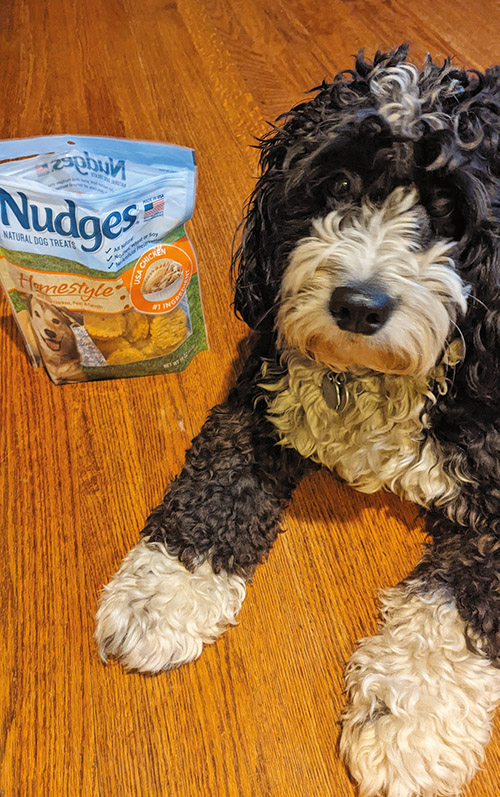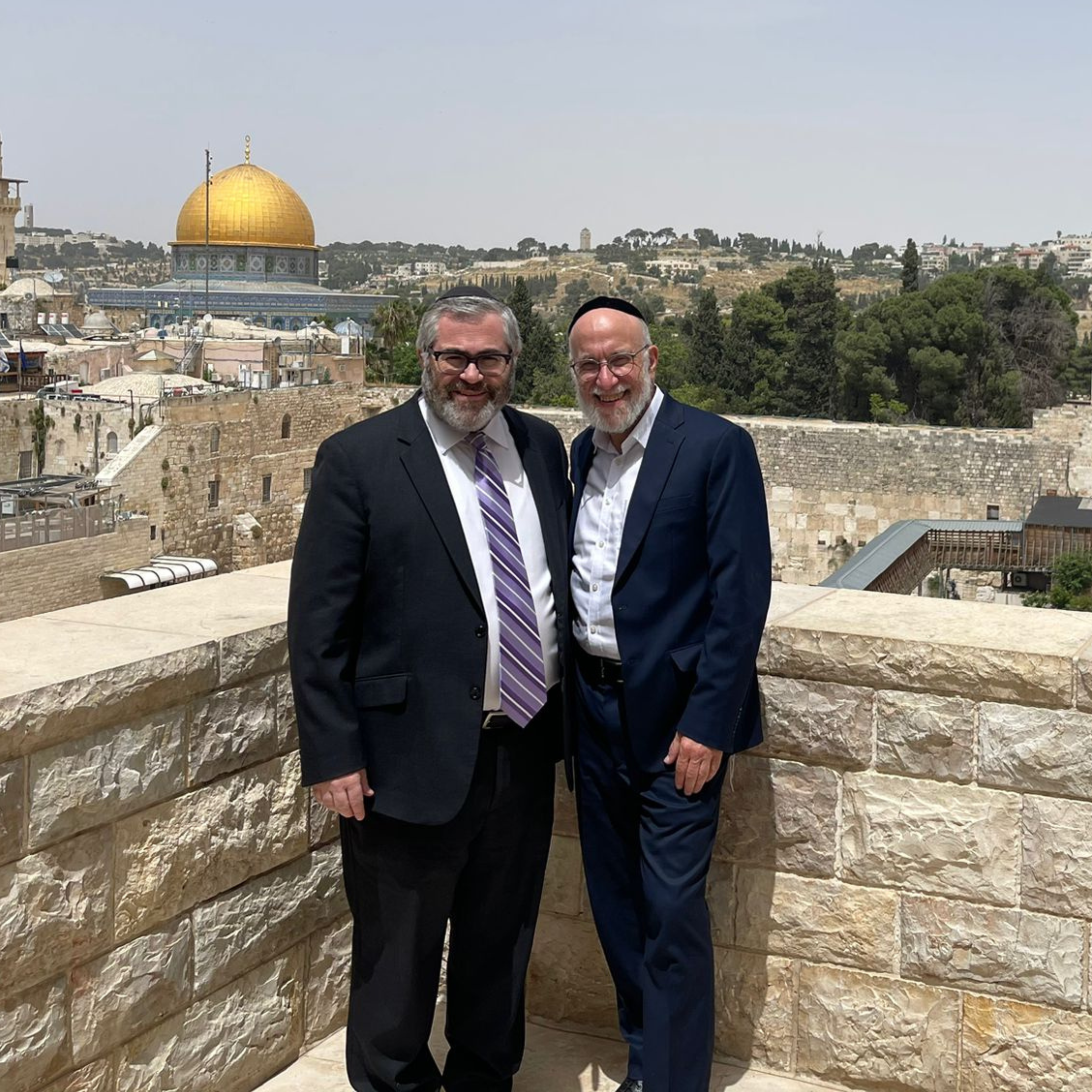
I love hakafos. I love the dancing, the energy, the joy, the singing, the ruach and the intoxication of getting lost in a niggun. I must preface my comments by explaining that there is a world of difference between hakafos in a yeshiva or shtibel setting and the ersatz hakafos in many contemporary synagogues. In the former, individuals who actively pursue regular Torah study celebrate the joy of this pursuit. Simcha shel Torah, the joy of Torah. In the latter, a number of individuals try very hard to artificially generate this feeling in settings where those dancing may not be serious students of Torah.
Nevertheless, I have always enjoyed the exuberance of hakafos. As a youngster my first hakafos experience was at the Inwood Jewish Center. Rabbi Maurice Wohlgelernter, a close disciple of Rav Soloveitchik, a descendant of Gerrer chasidim, and a professor of English at YU, introduced me to niggunim that I still sing today. My second formative experience was at YU in the old beis medrash. Growing up in the post WWII era, my shul was composed of European refugees who looked at Simchas Torah as an opportunity to demonstrate a bit of what it was like back in their hometowns. At Yeshiva, I was privileged to be among the last generation to study from European roshei yeshiva. Dancing with my rebbeim, learning their melodies, just being in their presence, still moves me. It was an experience that cannot be duplicated.
My third hakafos experience took place in the 60s in Crown Heights Brooklyn. That was THE place to be on Simchas Torah. My chevra started out at the Young Israel of Eastern Parkway. After hakafos there, we ate supper and started making the rounds of the many Hasidic shtiebelach in the area: Modzitz, Karlin-Stolin, Bobov, the (original) Bostoner Rebbe and finally Lubavitch where hakafos didn’t start until about 3 a.m.
The Bostoner Rebbe lived next door to the Lubavitcher Rebbe. He had the bluest eyes I have ever seen. One looked at his face and saw eternity. As we sang and danced, one chasid kept on urging everyone “frisher, frisher,” meaning more lively. It is still the only place where I have heard them sing “Hiskabtzu melachim” and I still remember the tune. The scene at 770 deserves an article by itself. There were thousands of chasidim, so that only the Lubavitcher Rebbe and his brother-in-law had room to dance. The crescendo of voices thundering in that room in unison was an experience that defies description. Thousands of bobbing and bouncing singers, one tune per hakafa, every eye though on the Rebbe. When he gave a nod, all singing stopped instantly so he could deliver a dvar Torah. It was an experience.
I have spent much time among chasidim and listened to stories from older men who came from the chasidic courts in Europe prior to WWII. There are differences between today’s chasidim and those from the last century. In Chasidic thought there is something known as the sha’ar hanegina, the gate (level) of the melody. In simple terms it means that one sings a tune until the tune sings to you. The same melody, sung over and over brings you to ever higher levels of ecstasy. It’s a concept that is alien to those who orchestrate today’s hakafos.
For about 30 years, I davened with a group who appreciated this notion and who themselves took Torah study seriously so our hakafos were lively and meaningful. I think back to the years I spent in Crown Heights on Simchas Torah. I remember clearly walking down the street at about 6 a.m. singing a niggun over and over that I had just learned so I would not forget it. I still remember it.
For the past three years I have not been an active participant in hakafos because of Covid. I am not anxious to dance shoulder to haunch and cheek to jowl with a bunch of sweaty guys. I am not a youngster; I have lost a brother-in-law and a sister-in-law to Covid so I don’t need to expose myself to crowds in such close proximity. I miss it. I also miss the hakafos of my youth. Sic transit gloria mundi.
Rabbi Dr. Wallace Greene has the heart of a Litvak and the soul of a Hasid.










